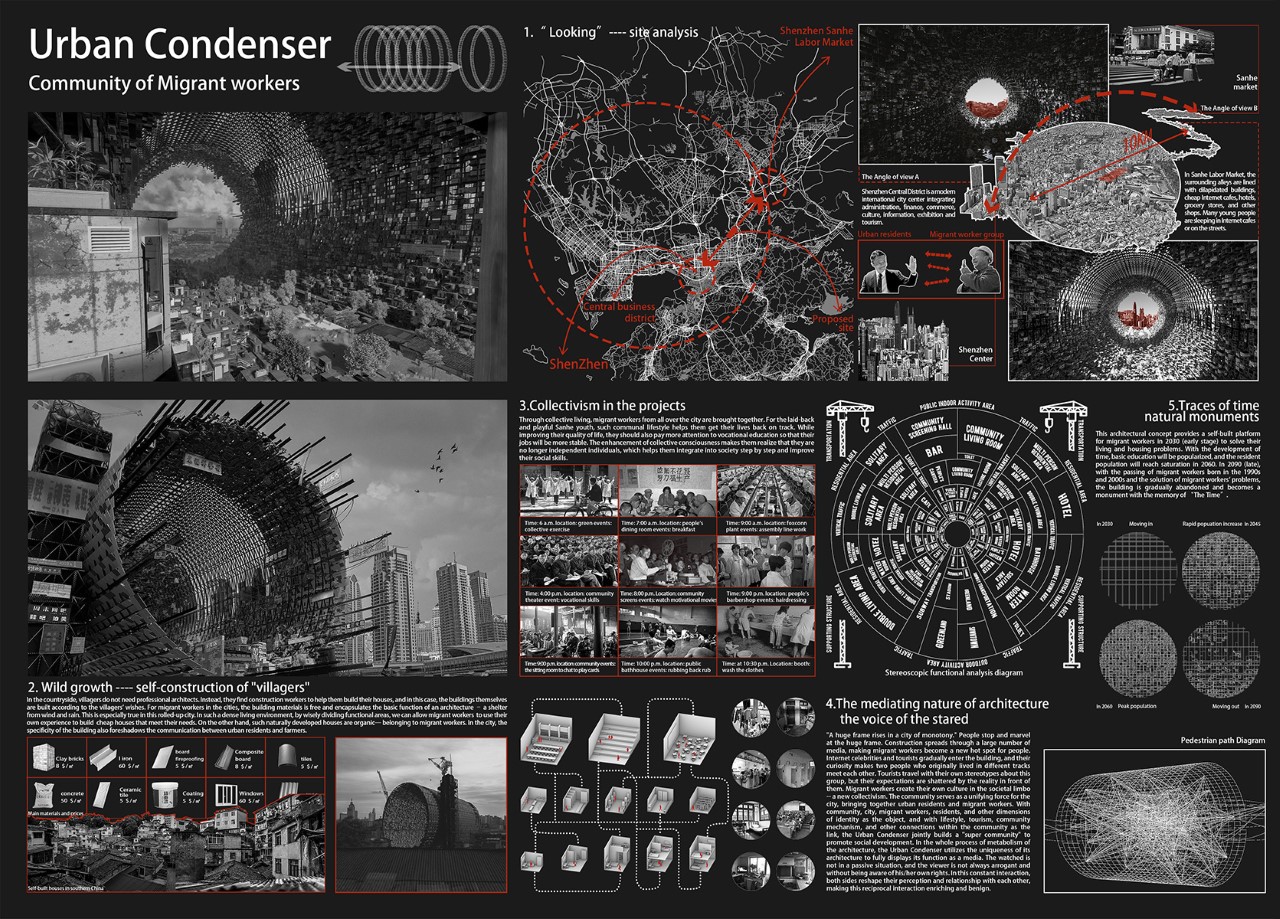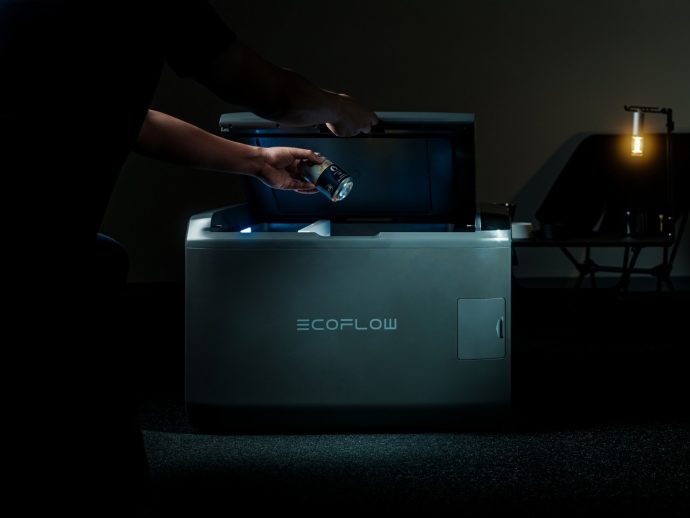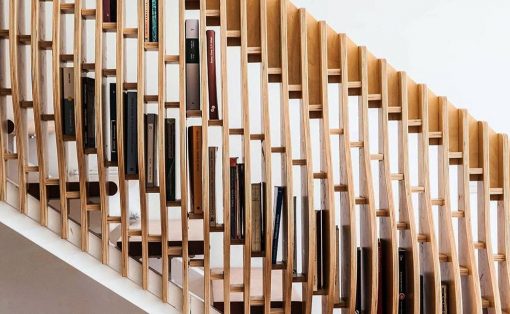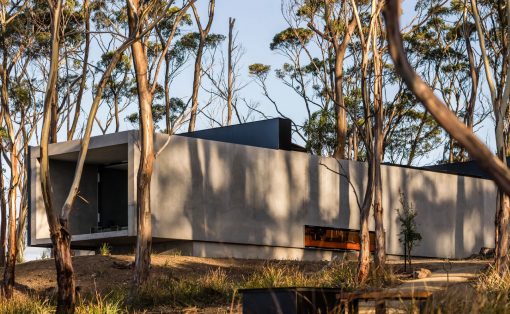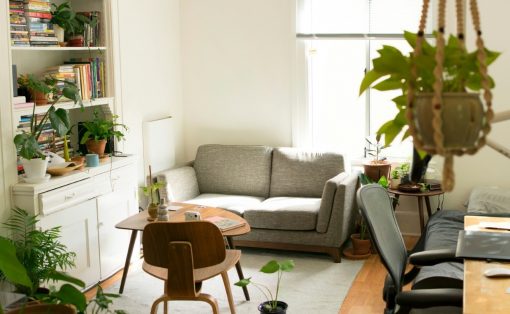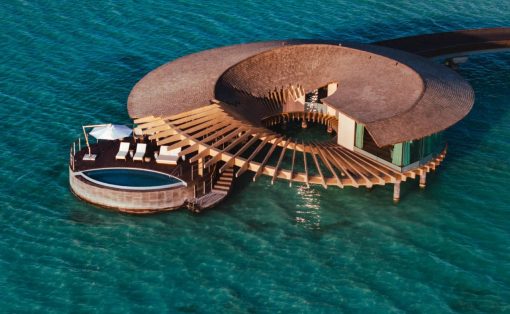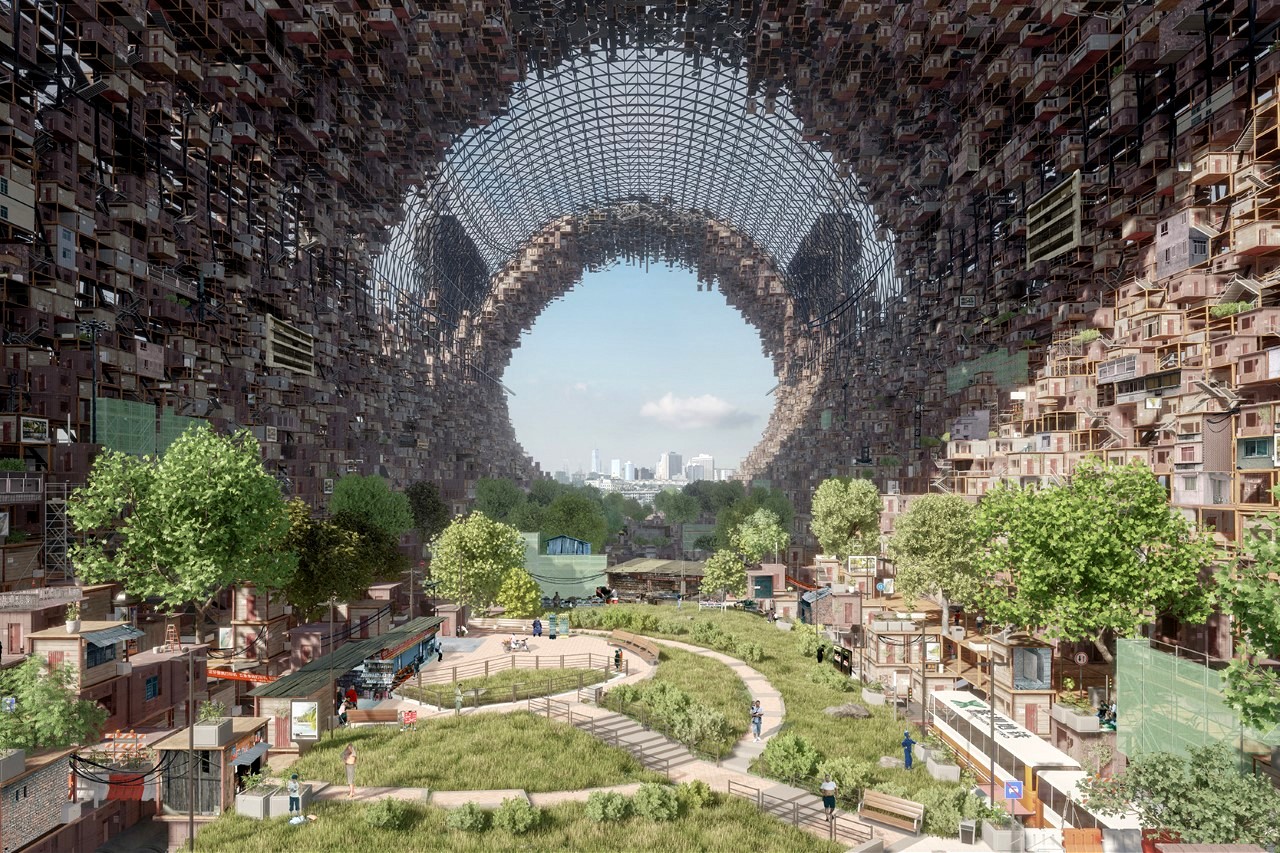
The ‘Urban Condenser’ was proposed as a concept to help cities become more cohesive units of society, allowing for farming as well as urban living to be done on the same plot of land in a way that allows both to coexist and benefit from each other. Although an entirely wild concept, it finds its roots and inspiration in ‘Cooper Station’ from the popular sci-fi movie Interstellar. Unlike Cooper Station, however, this cylindrical city doesn’t have a variable gravitational point. Instead, it features a curved land base for farming, and an arch-shaped floating city on top, complete with houses, commercial spaces, and other urban amenities. The unique shape of the Urban Condenser also opens it up to a lot of tourism, keeping the city lively and funded.
The case that the designers behind the ‘Urban Condenser’ involves accepting migrant workers as a part of a singular community that bridges the rural and urban divide. Migrant workers form the main chunk of the workforce responsible for helping develop urban communities, but they seldom enjoy the benefits of these communities. “They work in cities but do not have urban hukou, or household registration, and do not enjoy social security,” say the designers. “They make great contributions to the city, they yearn for the city, but are not accepted by the city and are free from mainstream society.”
The large cylindrical community (one might call it a literal representation of a ‘pipe’ dream!) houses these migrant workers in its unique design, while being located within the city that they wish to be a part of. The lower part of the city is connected to the land, making it perfect for agriculture, while the sides and the upper elements are ideal for dwelling, amenities, and commercial/cultural parts of the city experience. “With community, city, migrant workers, residents, and other dimensions of identity as the object, and with lifestyle, tourism, community mechanism, and other connections within the community as the link, the Urban Condenser builds a super community to stimulate social development”, the designers mention.
Designers: Yunheng Fan, Baoying Liu, Rongwei Gao, Junliang Liu
